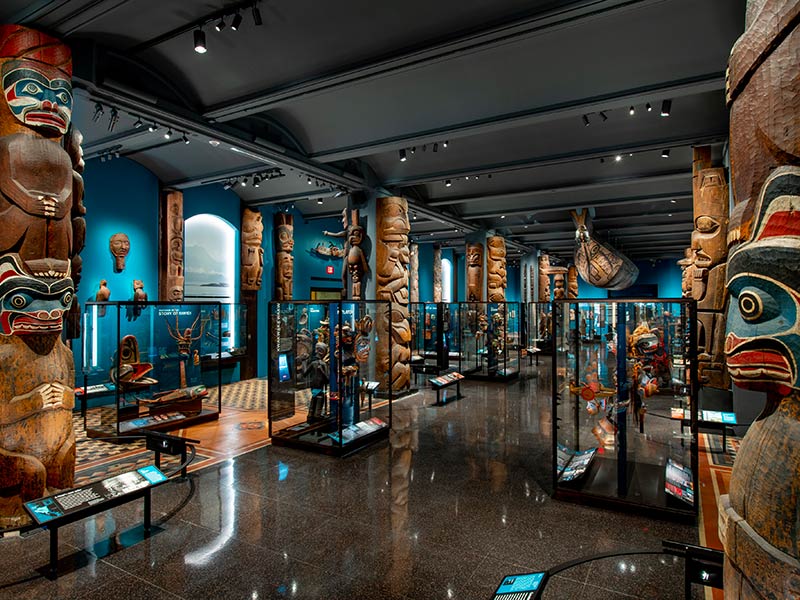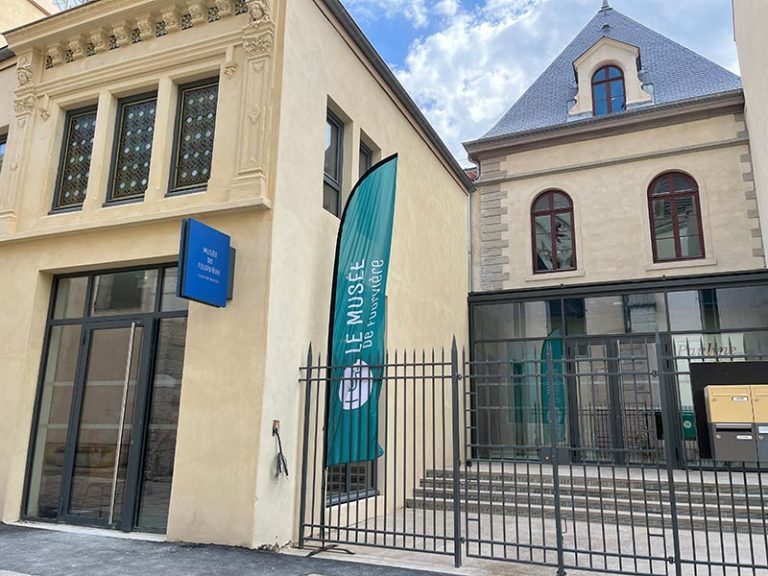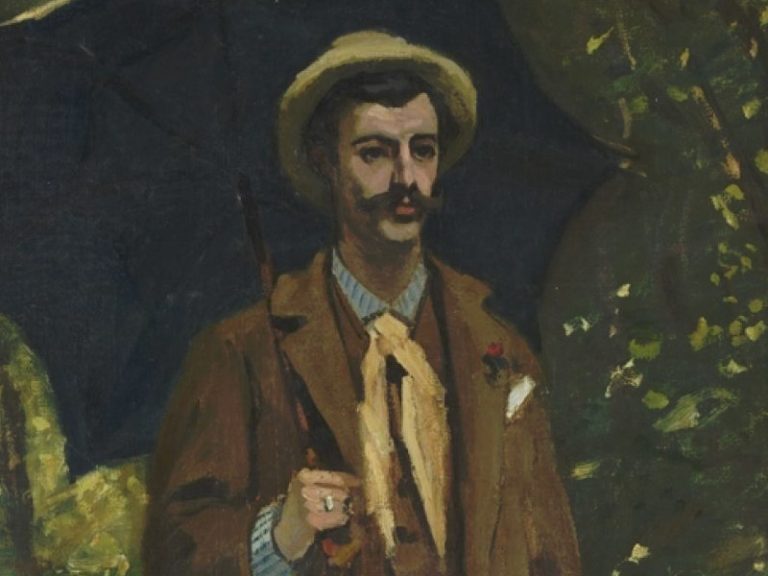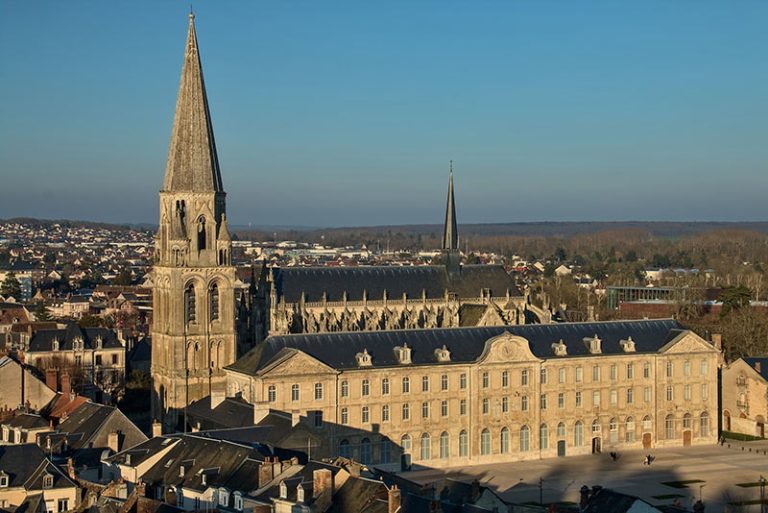New federal rules regarding the possession and display of ancestral remains and Native American or Hawaiian artifacts took effect Friday, January 12. They aim to accelerate the process of returning human remains, funerary objects, sacred objects and cultural heritage objects to the tribes. Several American museums – including the American Museum of Natural History in New York – have begun removing indigenous objects from their collections.
This legislative process began in 1990 with the passage of the Native American Graves Protection and Repatriation Act (Nagpra), a federal law that requires that unearthed Native American cultural property be returned to the native peoples. The implementation of the law, the responsibility of the National Park Service, had been criticized by tribal representatives, who considered it too slow. In December 2023, the organization ProPublica reported that American museums still held at least 97,000 Native American remains and objects.
The new rules now require that museums and other American institutions obtain consent from descendants of indigenous tribes to research or display human remains and cultural objects, with the ultimate goal of returning them. Deb Haaland, Secretary of the Interior of the United States and of Native American origin, recalled the importance of the tribes’ agreement. The government is accelerating this restitution process by setting a deadline of five years for the institutions. They have until 2029 to consult and update the inventories of human remains and funerary objects with a view to their restitution.
The revised law also fills a gap by eliminating the category of “culturally unidentifiable human remains”, which allowed several museums to preserve ancestral remains and funerary objects under the pretext that they could not be linked to a current indigenous community due to the lack of information available. Museums will now have to determine, in consultation with tribes, which community can legitimately claim them. If the choice is impossible, the museum must detail the cause with the National Park Service.
These new regulations force American museums to fundamentally rethink the way they exhibit indigenous cultures. The exhibition of Native American human remains is generally prohibited in museums, so this re-evaluation mainly concerns sacred objects, funerary effects and objects of cultural heritage. Several museums – such as the Field Museum in Chicago and the Cleveland Museum of Art – have already covered some of their windows. The Metropolitan Museum of Art in New York has removed around twenty objects from its rooms devoted to musical instruments.
The strongest decision is that of the American Museum of Natural History in New York, which has closed two of its rooms since Friday January 26. “These rooms are remnants of a time when museums like ours did not respect the values, perspectives and even the shared humanity of Indigenous peoples” explains Sean Decatur, the museum director, in an email addressed to staff and reported by the New York Times. The museum is closing its rooms dedicated to the Eastern Forests and the Great Plains, making nearly 1,000 m² of exhibition space inaccessible to visitors. Among the items included a birch bark canoe from the Menominee tribe, 10,000-year-old darts and a Katsina doll from the Hopi tribe from what is now Arizona. The museum has not yet indicated a date for reopening these rooms.
This new regulation, which marks a major step forward in the recognition of indigenous cultures, nevertheless raises some concerns. Some tribal leaders fear in particular that the imposed five-year deadline would lead to an overload of requests from museums, which would be difficult to manage and could constitute a financial cost. Shannon O’Loughlin, director of the Association of American Indian Affair, conversely welcomes these new rules but points out their limits, since they do not concern private collectors and auction houses.
In France, a law on the restitution of human remains to foreign states was adopted by Parliament in December 2023. This law also aims to facilitate repatriations, by creating an exception to the principle of inalienability of public collections. It applies in the case where a foreign state claims human remains of individuals who died after 1500, for exclusively funerary or memorial purposes.







